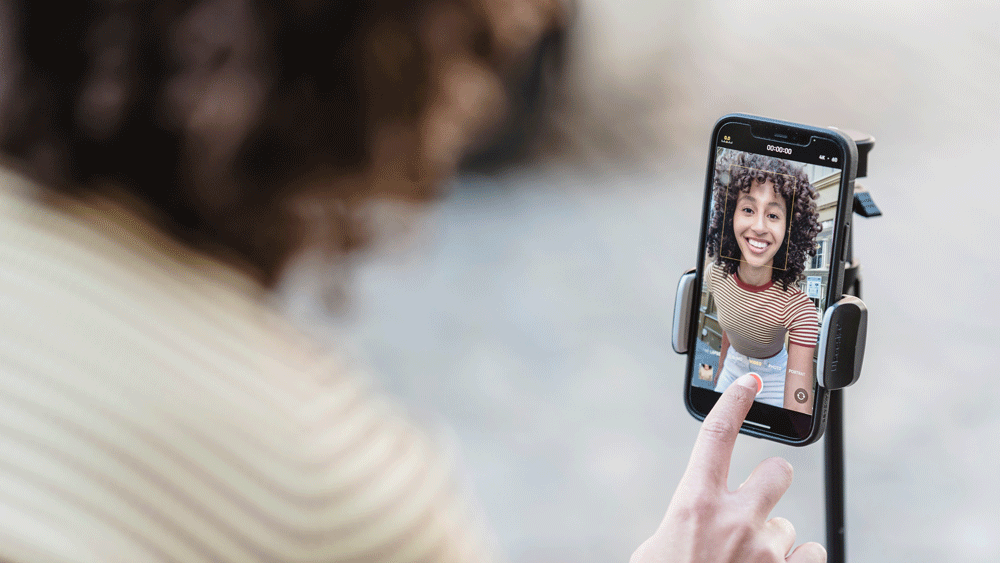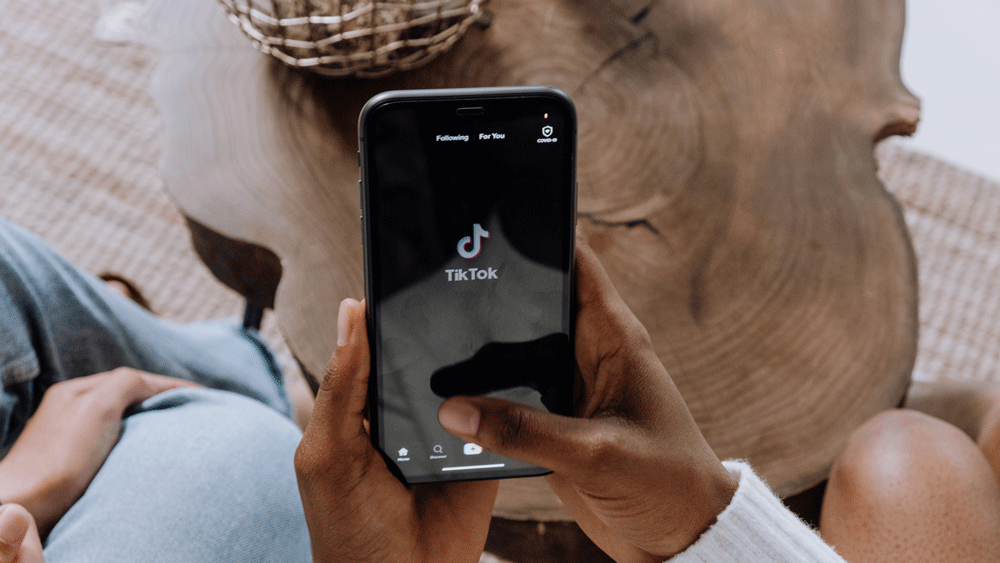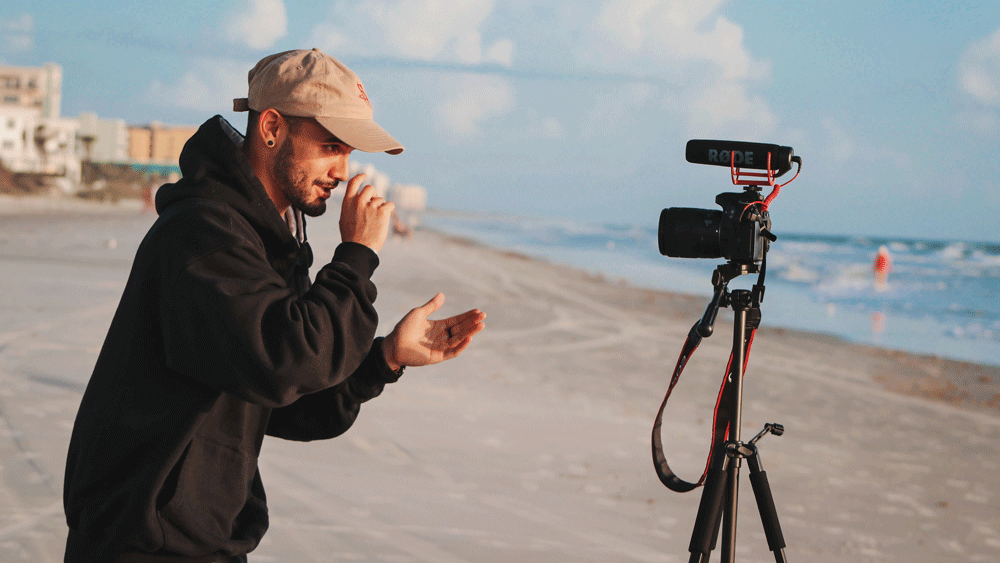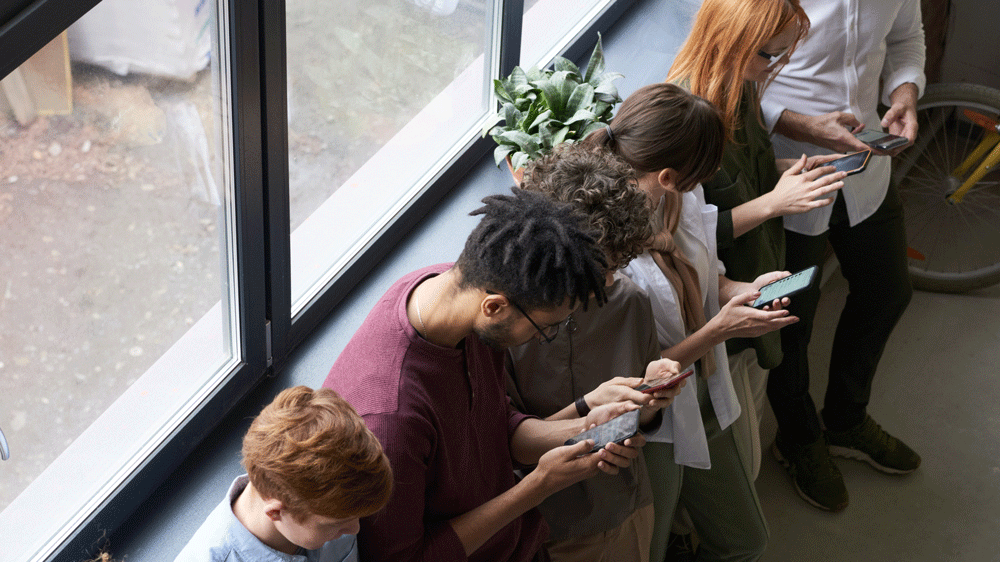Influential vs Influencer
November 1, 2023

When you were young, what did you want to be when you grew up? A teacher, an archaeologist, an athlete? Today, one of the most popular responses to this question is an influencer, with 54 per cent of Gen Z and Millennials saying they would like to become one and 86 per cent saying they would post sponsored content on social media given the chance.
Recently I met with a childhood friend who I hadn’t seen in more than a decade. She is now an influencer. I was welcomed with a raised phone that was filming our reunion and my every reaction to her hundreds and thousands of fans. “The people want to see what’s going on in my life, they always love it when I am showing them my family and friends,” she said. Throughout our time together she posted our activities, photographed our meals, created a poll asking for suggestions of good movies and ended the day with a reel with side-by-side photos of us now versus 10 years ago.
MAY WE SUGGEST: How to Fight on Facebook . . . and Win
According to Google, an influencer is a content creator on social media platforms such as Instagram, YouTube or TikTok who uses built credibility to affect the actions and habits of an established audience. In other words, influencers are presented simply as sales agents with a drop of creativity. Yet during our meeting, it felt like something more than that.
It’s not surprising that we love consuming information about other people’s lives and stories. In fact, it is nothing new. Written accounts about the celebrities of the day have existed for as long as time. In his fifth-century work The Histories, Herodotus, the father of history, was explaining the goals for his recording work “that the doings of men may not be forgotten”. Newspapers, pamphlets and magazines have been common since the invention of the printing press, with periodicals such as the 18th century The World, describing to the public the adventures, conduct and fashion choices of prominent upper-class figures. Diaries like that of Anne Frank and works of fiction like the massively popular Bridgerton series give us a better understanding of the society through the inner thoughts and subjective experiences of the writer.

Our purchases have also always been deeply intertwined with the people we admire, especially if they are glamorous or charismatic. In the 17th century, Marie Antoinette was convincing the commoners to dress extravagantly. In the 20th century, John Wayne was convincing people that Marlboro cigarettes and jeans were cool. Once upon a time it was Cadillacs and top hats but now, it’s fast cars and ice baths. Influential people have always existed, but only recently has influencing become a full-time job. Now it just looks a little different and carries different expectations.
With the advent of the internet and a new era of connectivity, it didn’t take long for marketers and brands alike to discover the power prolific internet personas wielded to alter the buying behaviour of users. From the forums of the 1990s to the blogs of the 2000s, culminating with the social networks of the 2010s, companies found out that reviews and recommendations from power users tend to generate higher sales than a simple ad. As described in a 2001 Rutgers study of the internet forums, they are “relatable, funny and even moving”. In his book Tipping Point, Malcolm Gladwell identified the type of person who is able to generate influence by making people listen and adopt a message. They have a wide reach through their social networks, are information specialists and charismatic persuaders.
MAY WE SUGGEST: Become a Truth-Teller on Social Media
But what happens when personalised algorithms can make persuasion a learnt technique in apps that are able to provide the right content to the right person at the right time to generate sales? Do you want to get more likes and comments? Post in the morning or the evening, but don’t do it during the weekend. People aren’t on their phones then. Engage with the post for at least the first half an hour as social media apps reward engagement. Hide the hashtags in the comments, use trendy music, manipulate your tone of voice and remember, always be relatable and positive. If you are a brand that is looking for more authenticity and personable messages, choose a nano-influencer who has less than 10,000 followers. If you want more exposure and a flashier campaign, choose a macro or mega-influencer with a personality and mood that fits the product you sell. The price? $100 per 10,000 followers plus extras for the type of post. Does the account have one million followers? The cost you can expect for a single post is $US10,000. Do you need to produce a negative review of a competitor? You can expect a cost of 25 per cent more.
As our online world keeps growing larger, the lives of others have never been more compelling. If in the past the media environment was limited to only a few TV channels or radio stations, now the options are endless. With people spending more than 400 minutes of average internet usage per day, the experiences of travellers, artists, gamers, politicians and actors are just a click away. In a recent interview about the trend of video gaming as a spectator sport on streaming platforms like Twitch, a young boy declared, “I like to watch people I like. They could be not playing a game. They could be watching grass grow and I’d still watch them.”

With time this establishes a friendship-like relationship between the content creator and the viewer, even if unidirectional. The trust built is obvious. According to a recent study, a third of young Americans trust health influencers more than their doctors. This is not limited to young people—77 per cent of shoppers say they would trust the recommendations of a person they follow on social media for their purchases.
But is that trust justified? A report of more than 7000 influencers in the UK showed that up to 24 per cent of influencers were found to have questionable and in some cases, fraudulent growth patterns, and that four-out-of-ten engagements are considered non-authentic. All this activity suggests manipulated likes or gaining followers through automation bots or like-for-like groups. A similar Australian consumer law study identified more than 81 per cent of influencers’ posts as potentially misleading endorsements or testimonials, observing a rise in the endorsement of highly addictive products such as betting, nicotine products and alcohol.
The relationship with the fans can be hard for the content creator as well. Victoria Paris, a TikTok influencer with more than two million followers, shared in an interview for Women’s Health Magazine, “I would hear somebody scream my name multiple times at the top of their lungs and then they’d run across traffic and physically grab me. . . . Now, I hear somebody say my name and I flinch.”
MAY WE SUGGEST: Struggling to Connect? You’re not Alone
Fellow veteran social media influencer Grace Atwood continued, “We can’t take breaks or our numbers drop. . . . If I stop posting for the day, I notice a 30 per cent decline in Instagram story views.”
To influence has become a dirty word. What was once viewed as aspirational—to be influential—is now seen as meaningless or intrinsically linked with the 16.4 billion-dollars influencers’ industry. Pope Francis even declared recently about the Mary we read in the Bible: “The young woman of Nazareth didn’t appear in the social networks of the time, she wasn’t an influencer, but without wanting it or seeking it, she became the woman that had the biggest influence in history.”

Think of the people who have most influenced you off the screens. Now imagine them sharing the same exact messages towards you using manufactured charisma in a well-packaged video designed to attract attention.
Jesus said, “Follow me and I will make you fishers of men” (Matthew 4:19). In the Jewish tradition, a student to a rabbi embarked on a personal system of education that would teach the disciple both the rabbi’s interpretation of the Hebrew Scriptures as well as his way of living. To follow the rabbi meant to listen, watch and emulate his example.
In a world starved of authenticity and credibility, it is inevitable we will find some of our role models online, but in our journey to be inspired we can always ask ourselves, does the account only try to grow the number of their followers or are they trying to develop them?
Leonardo da Vinci once said, “Poor is the pupil who does not surpass their master.” Working closely with multiple apprentices in his workshop, his paintings are famous for combining brush strokes from both him and his apprentices. Honing their technique while working as a team, da Vinci didn’t just want to have followers—he focused on developing them into future masters.
Flavius E M Iosif is an orthopaedic nurse based in Tweed Heads, NSW. Originally from Romania, he decided to move to Australia with the hope of having a pet kangaroo.









